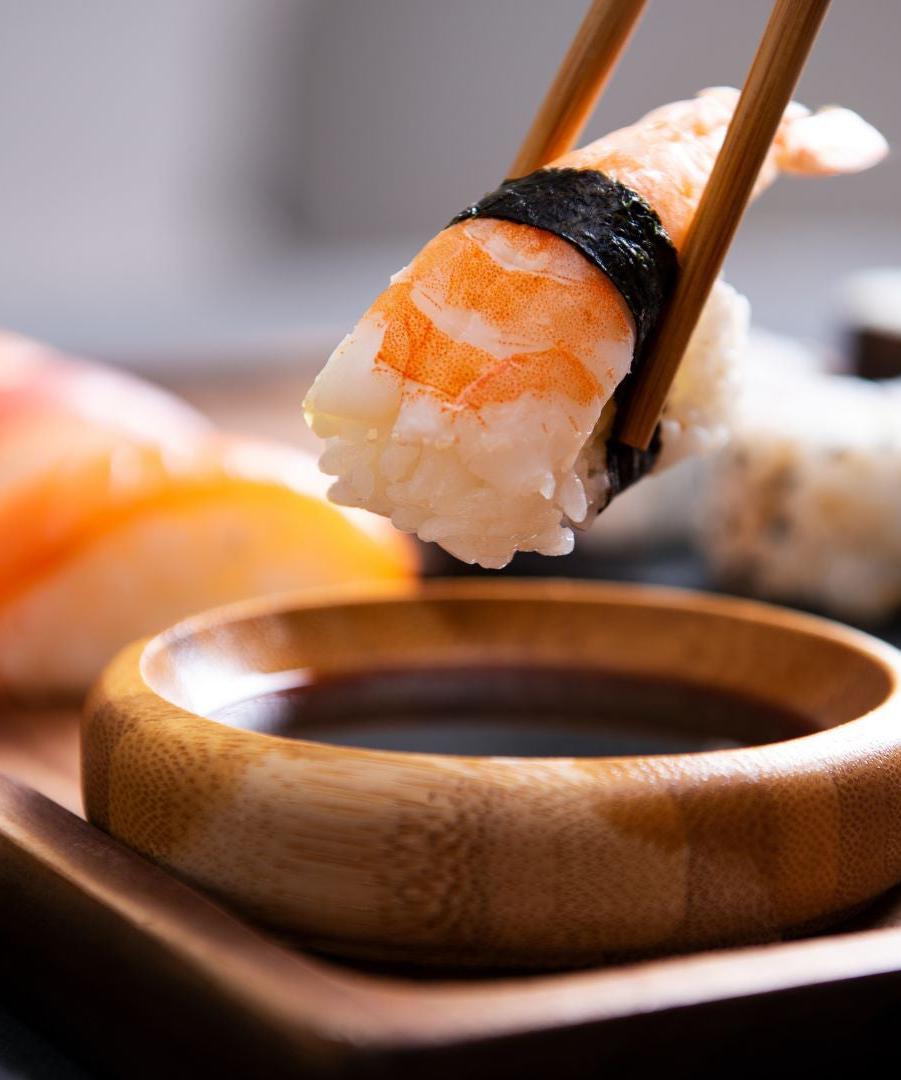In 1908, Kikunae Ikeda, a scientist with a palate for discovery, unearthed a flavor that would cascade through culinary landscapes worldwide. It was neither sweet, sour, salty, nor bitter. This savory enigma, later identified as MSG, captivated his culinary curiosity, prompting him to encapsulate this flavor into a tangible form, a powder, thereby weaving a new thread into the tapestry of global cuisine. This pivotal moment sprouted the seeds for Ajinomoto, a company that would weave its narrative into the global flavor story.
Ajinomoto, embodying the ‘essence of taste,’ didn’t merely linger in Japanese kitchens but embarked on a global flavor expedition. By the mid-20th century, particularly post-World War II, the United States embraced MSG, allowing it to clandestinely elevate flavors in numerous processed foods and restaurant offerings, notably within Chinese-American culinary creations.
Today, Ikeda’s flavorful legacy permeates global kitchens, with Ajinomoto blossoming into a flavor titan valued at a staggering USD 10 billion. Furthermore, MSG, with its savory whisper, caresses culinary creations in over 100 countries. It’s pivotal to highlight China in this flavorful journey, as it generously ladles out a massive 67% to the global MSG production pot, affirming its culinary significance on the world stage.




